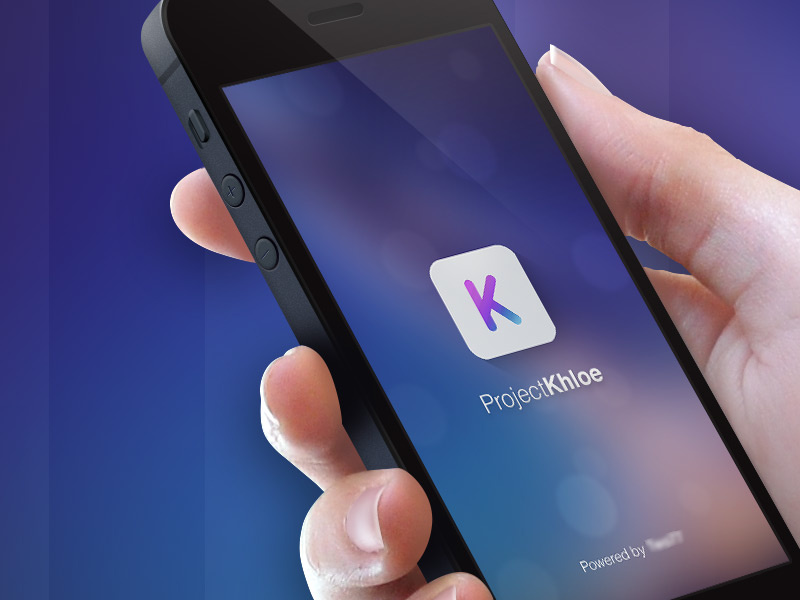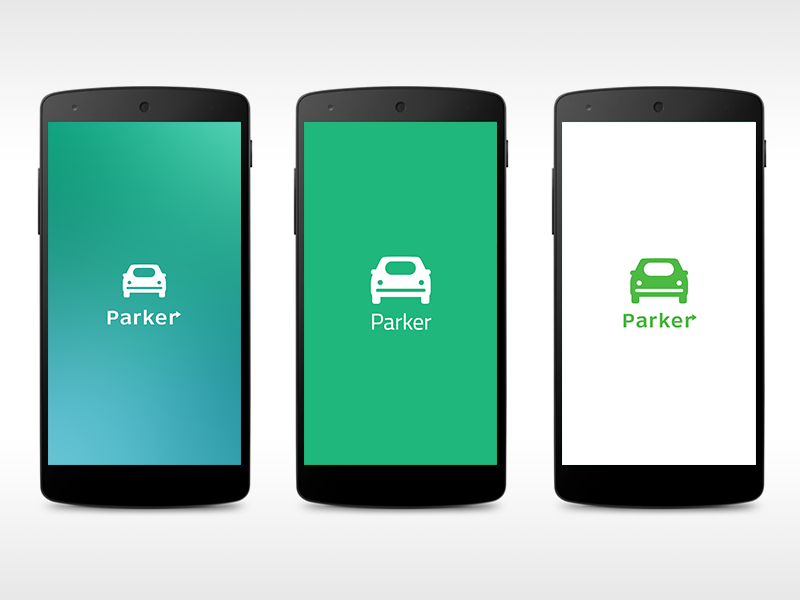
To configure the options for your application’s splash screen, open the Player Settings window (menu: Edit > Project Settings > Player > Splash Image). Note: Unity copies these options directly to the Package.appxmanifest file. However, if you use your own introductory screens or animations, this might take longer to appear because Unity has to load the entire engine and first Scene before it can display your own custom splash screen. More info See in Glossary of your application loads asynchronously in the background. In each Scene, you place your environments, obstacles, and decorations, essentially designing and building your game in pieces. Think of each unique Scene file as a unique level. It displays immediately while the first Scene A Scene contains the environments and menus of your game. The Unity Splash Screen is the same across all platforms.


#Svg splash screen full#
However, the full customization of the splash screen is only available to those on Plus, Pro, or Enterprise Unity plans. You can use the settings in the Splash Image window to customize how the splash screen appears in your application, including disabling the Unity logo, adding your own logos, or disabling the splash screen entirely. The splash screen displays when your application starts. The Splash Image section of the Player settings window (menu: Edit > Project Settings > Player > Splash Image) allows you to configure a splash screen for your project.


 0 kommentar(er)
0 kommentar(er)
